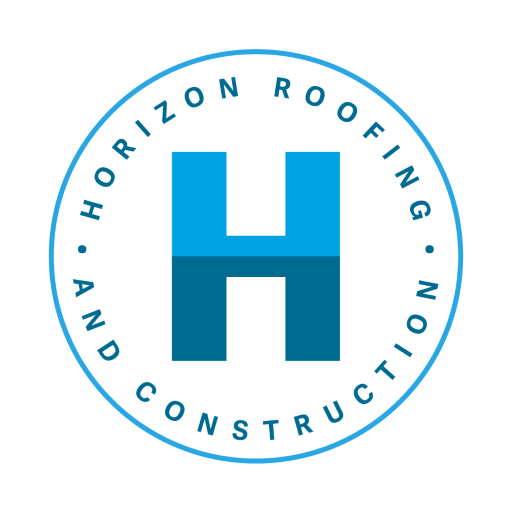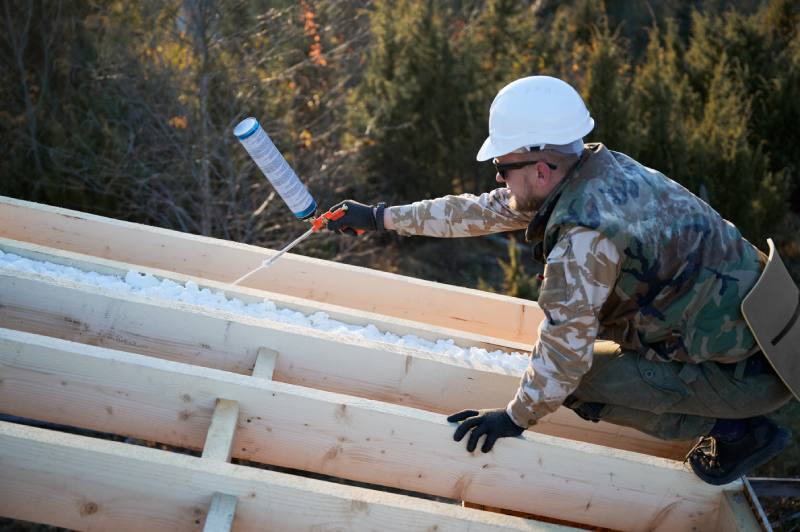Roof insulation is one of those hidden home elements you don’t think about often—until it starts causing problems. In Michigan, where winters can be brutal and summers humid, insulation plays a crucial role in keeping your home comfortable and your energy bills manageable. But like any building material, insulation doesn’t last forever.
So, how often should you replace roof insulation in Michigan? Let’s explore the signs, timelines, and benefits of keeping your attic insulation in top shape.
Why Roof Insulation Matters in Michigan Homes
Michigan’s Climate and Energy Efficiency Challenges
Michigan homeowners face wide temperature swings throughout the year, from sub-zero winter nights to summer heat waves. Without effective roof insulation, conditioned air escapes through the attic, forcing your heating or cooling system to work harder. The result? Higher energy bills and inconsistent comfort.
What Proper Insulation Does for Your Home
Quality attic insulation acts as a thermal barrier, preventing heat transfer between your living space and the outdoors. It helps maintain even indoor temperatures, reduces strain on HVAC systems, and contributes to a healthier, more energy-efficient home.
Signs Your Roof Insulation Needs Replacing
Uneven Temperatures, Rising Utility Bills, or Ice Dams
If some rooms in your home feel drafty while others stay warm, your insulation may have settled or deteriorated. Rising energy bills are another warning sign. In winter, look for ice dams—ridges of ice that form at the roof’s edge—often caused by heat escaping through the attic.
Visual Cues: Compressed, Wet, or Moldy Insulation
A quick attic inspection can reveal trouble. Insulation that looks flattened, damp, or discolored is no longer performing as it should. Moisture can lead to mold growth, which not only reduces insulation effectiveness but also impacts indoor air quality.
Typical Lifespan of Common Insulation Types
Blown-In vs. Roll Insulation Durability
- Blown-in fiberglass or cellulose insulation can last 20–30 years under ideal conditions, though it may settle over time, reducing R-value.
- Roll or batt insulation (often fiberglass) can also last decades but is more susceptible to gaps, compression, and moisture issues.
How Attic Conditions and Installation Impact Lifespan
Attics with poor ventilation, roof leaks, or pest problems can significantly shorten insulation life. Likewise, improper installation—such as leaving gaps or compressing material—reduces performance from day one.
How Often Should You Replace Roof Insulation?
General Timelines by Insulation Material
- Fiberglass batts: 20–30 years if kept dry and undisturbed.
- Cellulose blown-in: 15–20 years, though topping up may be needed sooner due to settling.
- Spray foam: 30+ years, though less common in attics for retrofit work.
Why Michigan Homeowners May Need Earlier Replacement
Michigan’s freeze-thaw cycles, high humidity, and risk of roof leaks mean insulation often requires attention sooner than national averages. Many homeowners find they need an upgrade at the 15–20 year mark—especially in older homes with outdated materials or insufficient R-values.
The Impact of Poor Insulation on Roof Health
Ventilation and Mold Issues in Attics
Without proper insulation and ventilation working together, warm moist air can accumulate in the attic. This leads to condensation, which can cause mold growth on rafters, joists, and sheathing.
Shingle Deterioration from Trapped Heat/Moisture
In summer, inadequate insulation allows excessive attic heat buildup, which can prematurely age roof shingles. Over time, this can shorten your roof’s lifespan and lead to costly repairs.
Benefits of Upgrading to Modern Insulation
Higher R-Values for Energy Savings
Today’s insulation products offer better thermal resistance (R-value) than older materials. Upgrading helps you meet or exceed Michigan’s recommended attic R-value—typically R-49 to R-60—reducing heating and cooling costs.
Pairing Insulation with Ventilation Baffles
When Horizon installs new insulation, we ensure airflow from soffit to ridge vents remains unobstructed. Ventilation baffles keep insulation away from intake vents, preventing moisture problems and maximizing efficiency.
What to Expect From a Free Insulation Evaluation
How Horizon’s Team Assesses Insulation Condition
Our experts begin with a thorough attic inspection, checking depth, condition, and type of insulation, as well as ventilation and moisture levels. We also look for signs of pests, leaks, or other issues that could affect performance.
Tailored Recommendations for Upgrades or Removal
If your insulation is underperforming, we’ll recommend the best solution for your home—whether that’s adding more blown-in insulation, replacing damaged material, or removing old insulation entirely to start fresh.
Final Thoughts: Insulate Smart, Live Better
Replacing roof insulation isn’t just about staying warm in winter—it’s about protecting your roof, lowering your energy bills, and improving your home’s comfort year-round.
If it’s been more than 15 years since your attic insulation was checked—or if you’ve noticed the warning signs—it’s time to call the experts. Contact Horizon Roofing and Construction for a free insulation evaluation and discover how an upgrade can make your home more efficient, healthy, and valuable.

